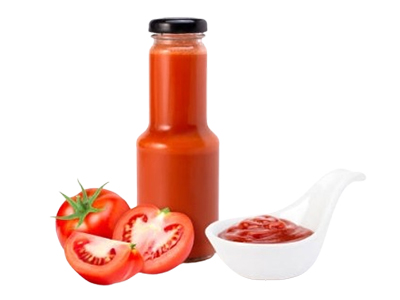Tomato Sauce and Tomato Paste :tomatoes are technically fruits, but they have long earned a place in our kitchens as savory essentials. From pizzas and pastas to burgers, salsas, and salads, they’re a foundation of countless global dishes. Their incredible adaptability in both cooked and raw forms is a big reason why more than 80% of American households regularly purchase tomatoes, making them one of the most widely consumed produce items across the country.
Tomatoes appear in many processed forms on grocery shelves—whole, en dés, pelé, or crushed—but when it comes to packing maximum flavor, sauce tomate et concentré de tomate stand out. These two staples bring intensity and depth to any dish without needing to use fresh tomatoes straight from the vine. En fait, statistics show that over 221 million Americans used tomato sauce in 2020, while around 172 million reached for tomato paste. But what truly makes these two tomato-based products different? Let’s explore the nuances of each.
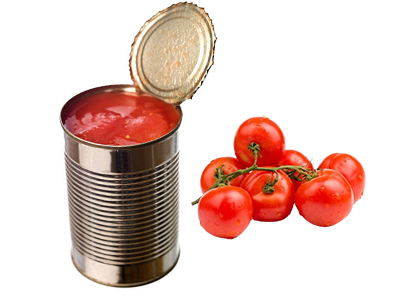
The Year-Round Power of Canned Tomatoes
Although tomatoes are in peak season during summer and early fall, canned versions make it easy to enjoy their flavor all year long. According to the Academy of Nutrition and Dietetics, canned produce is typically picked at peak ripeness, ensuring optimal flavor and nutritional content. In many cases, canned tomatoes can even be more flavorful than out-of-season fresh ones.
When recipes call for depth and richness, tomato sauce and tomato paste serve as go-to options for home cooks and chefs alike. But they aren’t interchangeable—and understanding their differences can elevate your cooking.
What Is Tomato Sauce?
Sauce tomate is a smooth, liquid condiment made by cooking ripe tomatoes until they soften and release some of their water content. According to the USDA, it’s essentially a liquid extraction of mature tomatoes and may be enhanced with additional ingredients like herbs, sucre, sel, vinegar, ou des épices.
The consistency of tomato sauce is thinner than puree and lacks the chunkiness of crushed tomatoes, which makes it ideal as a flavor base for soups, pasta sauces, piment, ragoûts, or casseroles. Think of it as the tomato equivalent of gravy—it pours easily and blends well with other ingredients.
There are many varieties of store-bought tomato sauces available:
- Plain or no salt added versions for those monitoring sodium intake
- Organic options for health-conscious consumers
- Italian-style sauces enhanced with garlic, oregano, basilic, or onion
- Spicy blends with added chili or red pepper flakes
Of course, tomato sauce can also be made at home, simmered with your own mix of spices to match the dish you’re preparing.
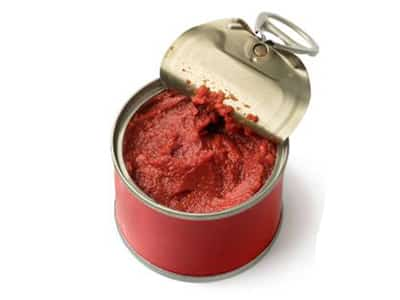
What Is Tomato Paste?
Pâte de tomate, en revanche, is much thicker, darker, and more concentrated. It’s created by slow-cooking tomatoes for a long time, removing excess water, then straining out the seeds and skins. The result is a thick, dense paste that contains the most intense tomato flavor you can get in a shelf-stable product.
Unlike tomato sauce, tomato paste usually contains no added seasonings. It’s a pure, unseasoned product that functions as a building block for creating more complex sauces or enhancing soups, ragoûts, and braised dishes. Because of its potency, a small amount goes a long way.
Tomato paste often comes in small cans or tubes, which is convenient since recipes typically require only a spoonful or two. It’s also incredibly versatile—it can add color, body, and richness to everything from chili to meat marinades, ketchup, and even shepherd’s pie.
Comparing Tomato Sauce and Tomato Paste
While both products originate from the same ingredient—tomatoes—their final forms, purposes, and flavors differ in several key ways:
| Fonctionnalité | Sauce tomate | Pâte De Tomate |
|---|---|---|
| Texture | Lisse, mince, and pourable | Épais, dense, and concentrated |
| Saveur | Bénin, mellow, sometimes seasoned | Intense, riche, tomato-forward |
| Ingrédients | May include salt, sucre, herbes, vinegar | Pure tomatoes, usually unseasoned |
| Usage | Adds tomato flavor et liquid | Adds strong flavor without extra liquid |
| Conditionnement | Sold in jars, canettes, cartons | Sold in cans or squeezable tubes |
| Nutrition | Fewer calories and nutrients per cup | Higher nutrients (due to concentration) |
It’s also worth noting that tomato sauce often contains added sugars—something to watch if you’re reducing sugar in your diet. Tomato paste rarely includes any additives, making it a purer form of tomato.
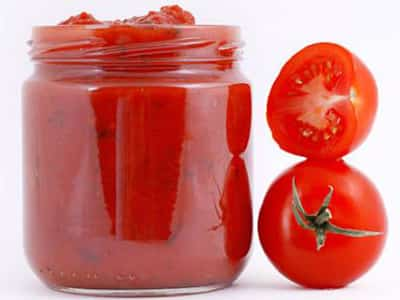
When to Use Tomato Sauce vs. Pâte De Tomate
Choosing between tomato sauce and paste depends largely on the dish you’re preparing and the flavor or texture you’re aiming to achieve.
Utiliser Sauce tomate quand:
- You need a liquid component with tomato flavor
- You’re making soups, ragoûts, piment, sloppy joes, or simmer sauces
- You want a ready-to-use base that already includes herbs and seasonings
- Your recipe requires moisture as well as tomato richness
Utiliser Pâte De Tomate quand:
- You want intense tomato flavor without thinning out the dish
- You’re making thick sauces (vodka sauce, ketchup, tomato bisque)
- You need a concentrated burst of umami to balance other strong flavors
- You want to build flavor in layers—such as searing paste in oil before adding other ingredients
Tomato paste is often added at the beginning of the cooking process and sautéed to caramelize its natural sugars, unlocking even deeper flavor.
Marinara Sauce vs. Sauce tomate: Are They the Same?
While marinara and tomato sauce may look similar, they’re not quite the same. Marinara sauce is a simpler version of tomato sauce, often made with minimal ingredients like garlic, huile d'olive, basilic, and crushed tomatoes. It’s typically thinner, lighter, and quicker to prepare.
En revanche, sauce tomate often includes a wider variety of ingredients, such as onions, bell peppers, vinegar, and sweeteners, and takes longer to cook. It’s also more versatile and can serve as a base for complex sauces like Bolognese or Arrabbiata.
If you’re just starting to cook from scratch, marinara is a great entry point. Once you’re comfortable, you can graduate to more seasoned tomato sauces or experiment with adding tomato paste to boost depth.
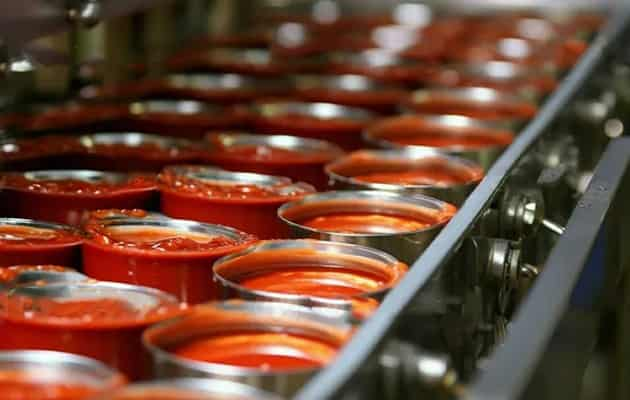
Réflexions finales
Although sauce tomate et concentré de tomate originate from the same fruit, they serve distinct roles in the kitchen. Tomato sauce provides a seasoned, pourable base for a variety of dishes, while tomato paste delivers an intense punch of pure tomato flavor in a thick, concentrated form.
Understanding when and how to use each product can make a big difference in your recipes. Que vous’re simmering a stew or whipping up homemade spaghetti sauce, having both tomato sauce and tomato paste in your pantry ensures you’re equipped for maximum flavor control.
So next time you see both on the shelf, remember—they’re not interchangeable, but together, they’re a powerful team in any cook’s kitchen.
If you have any tomato sauce machine and tomato paste machine inquiry. please send us.

